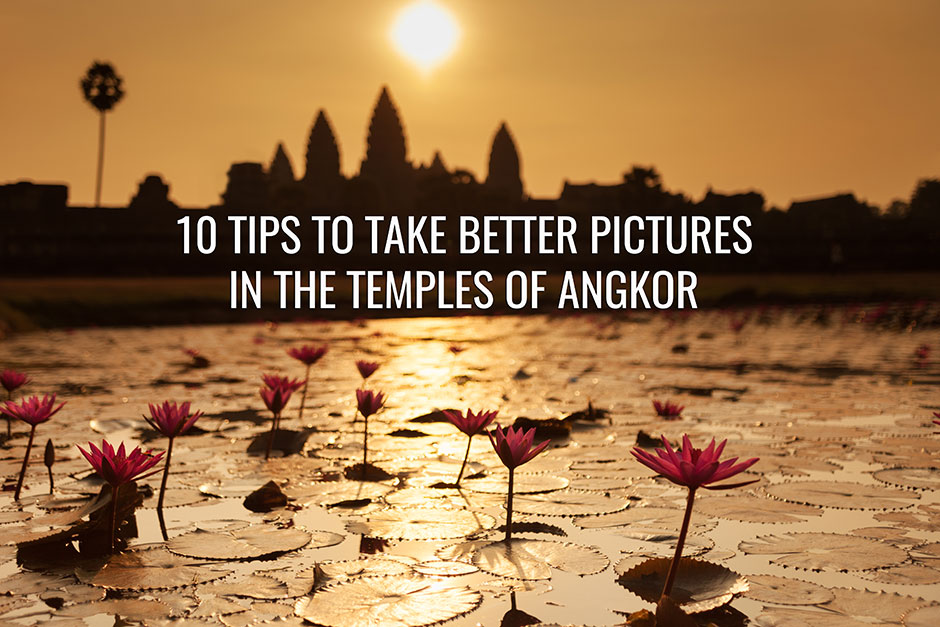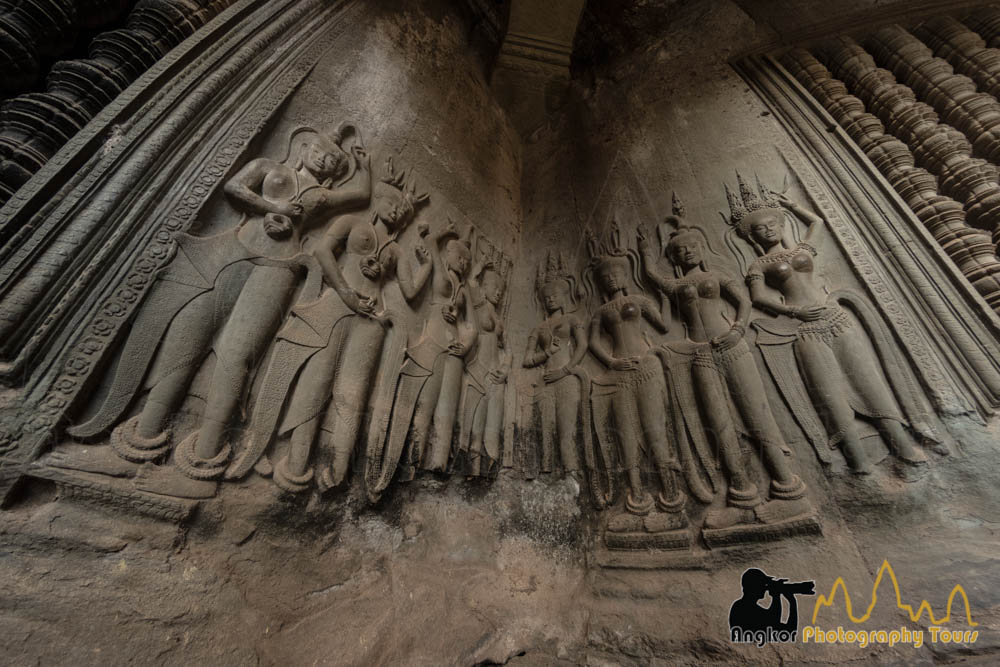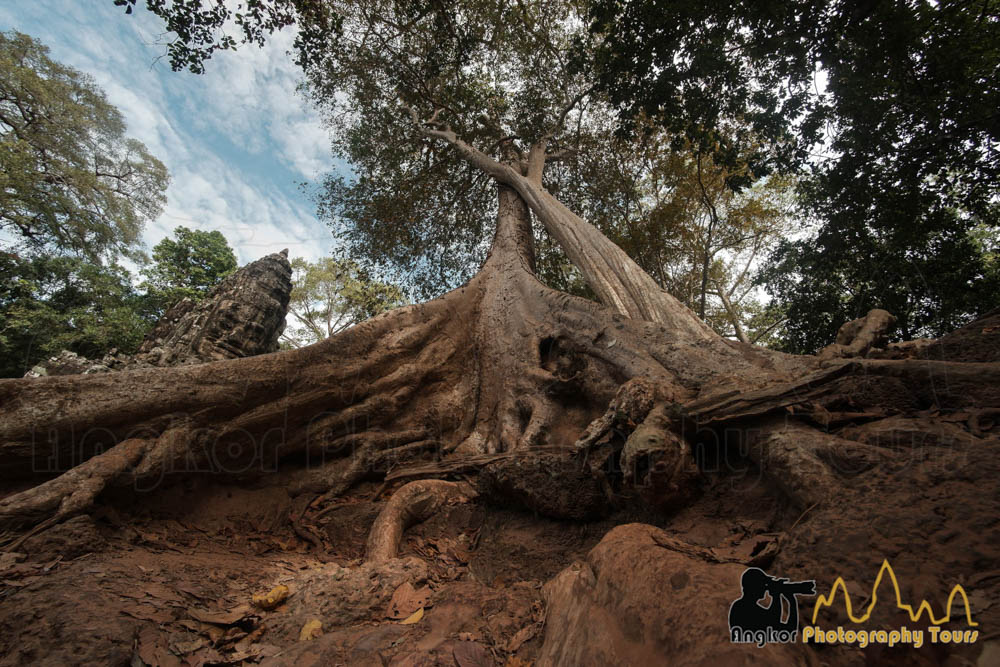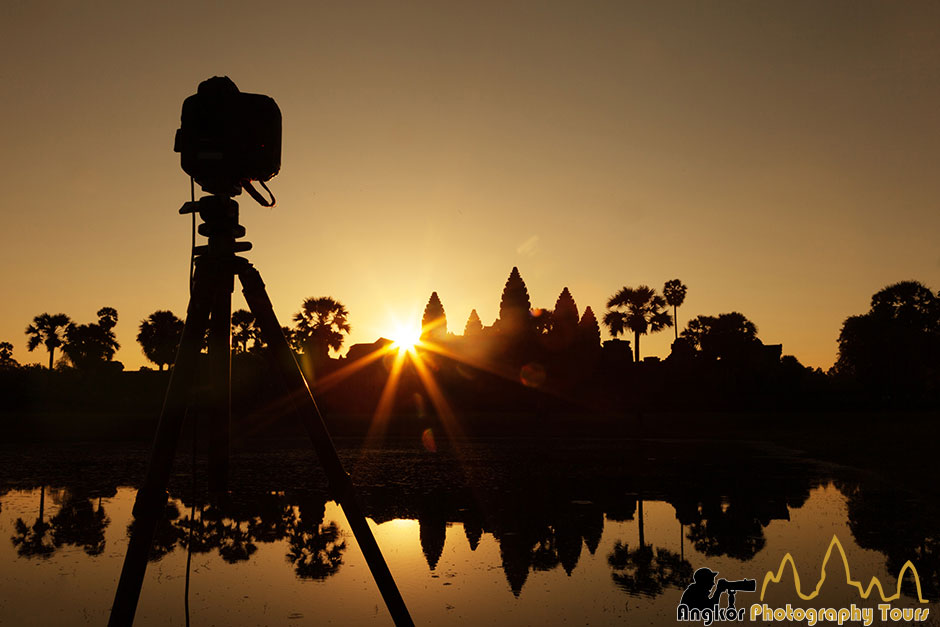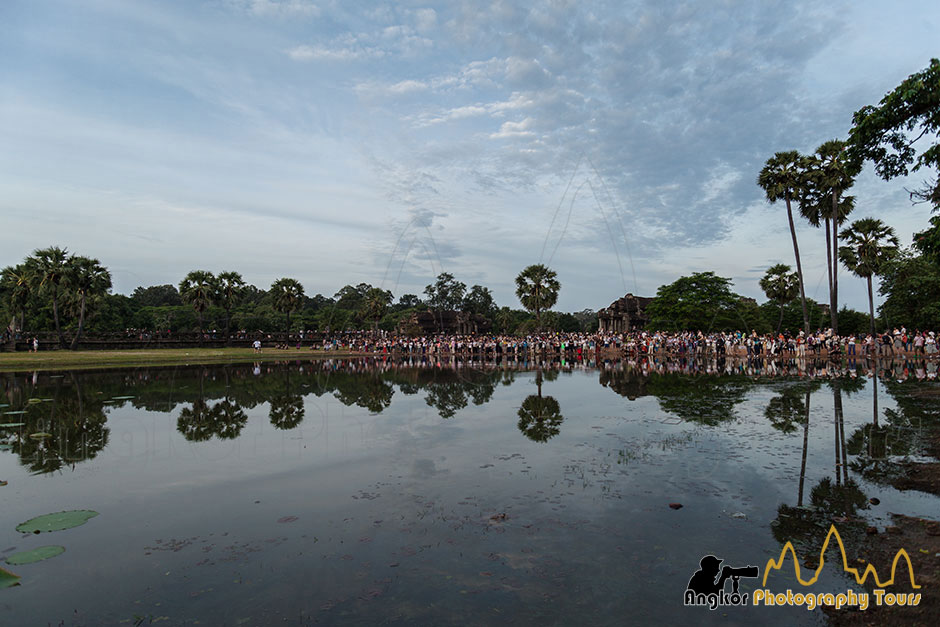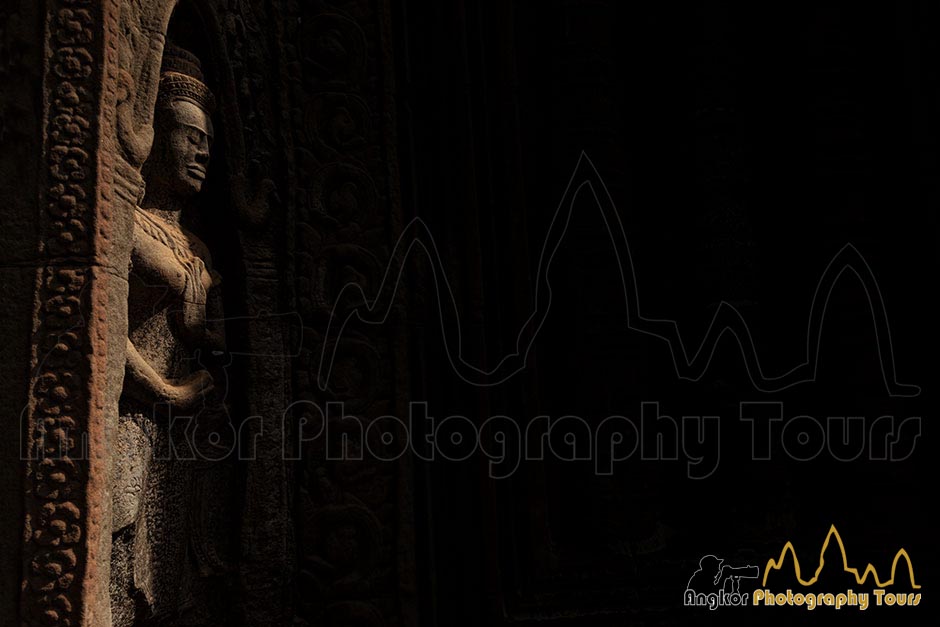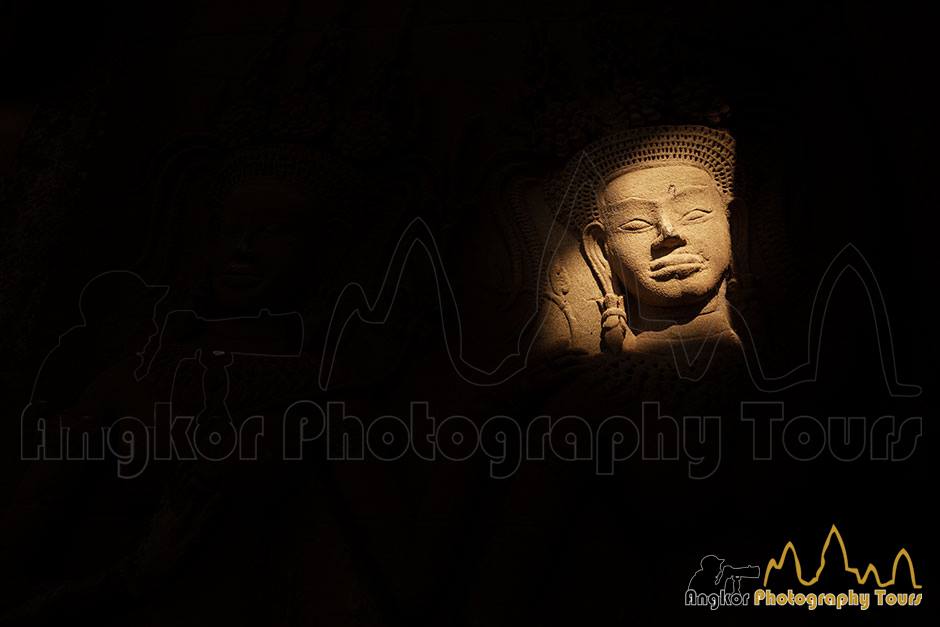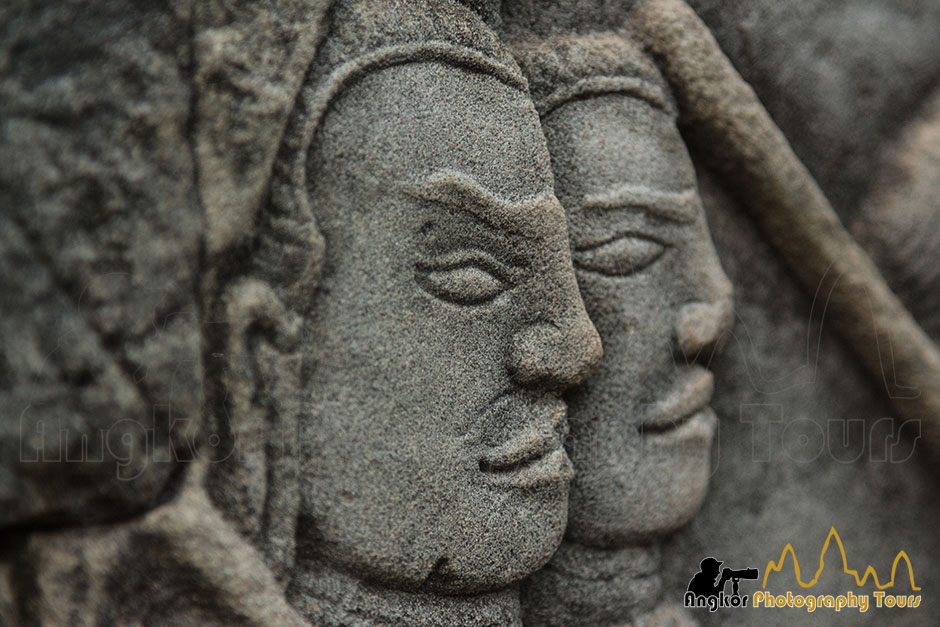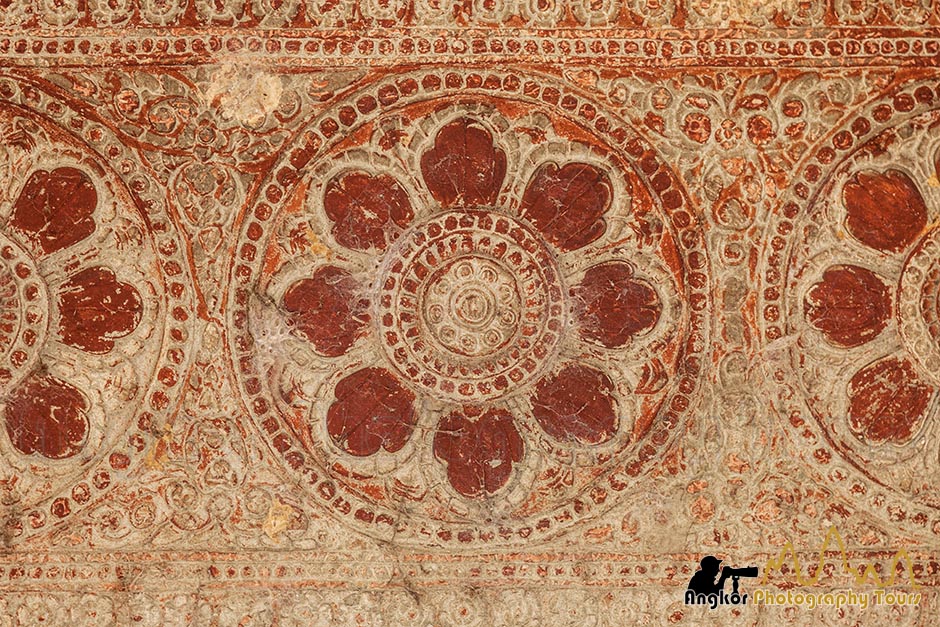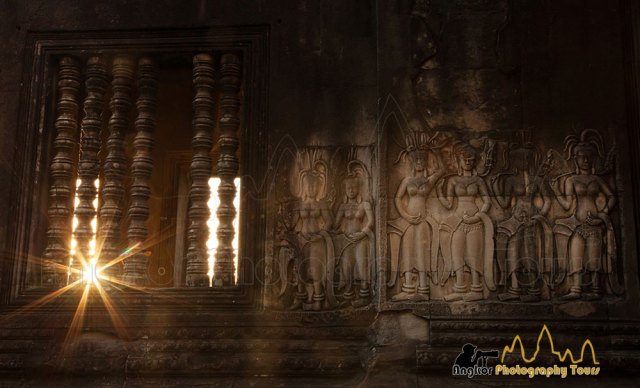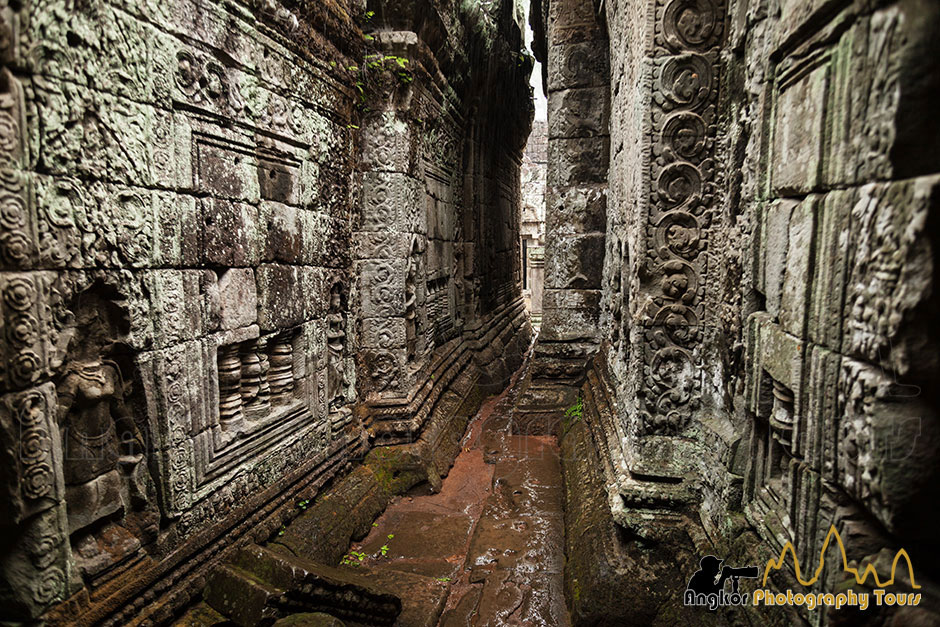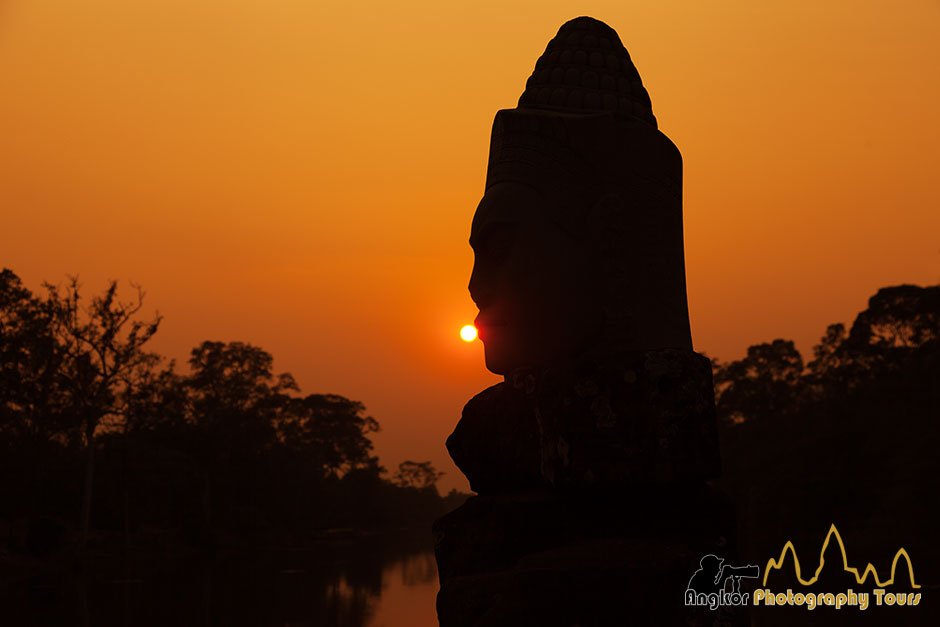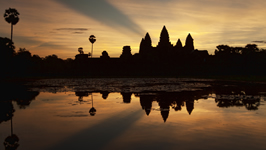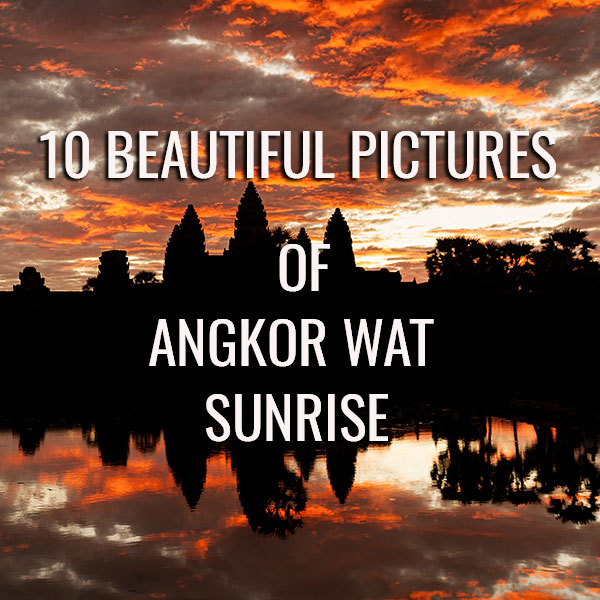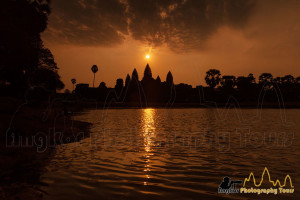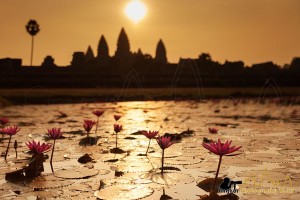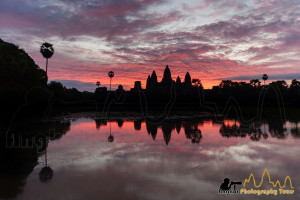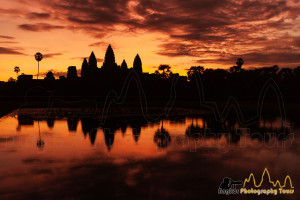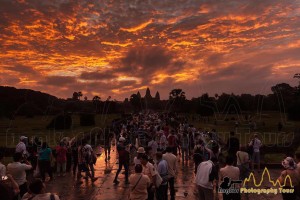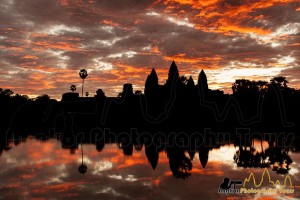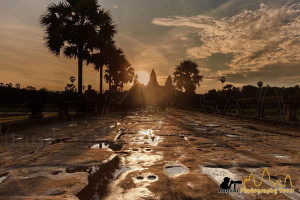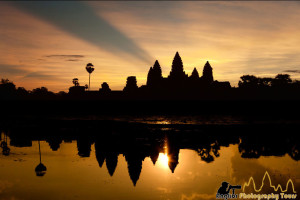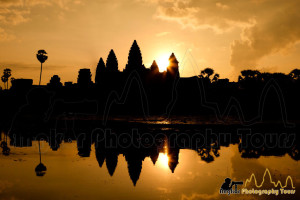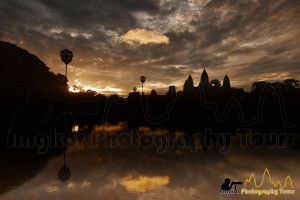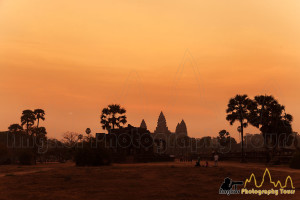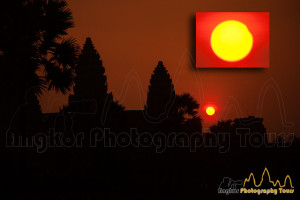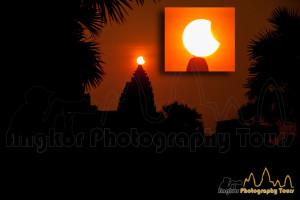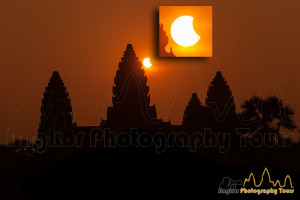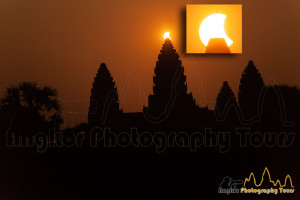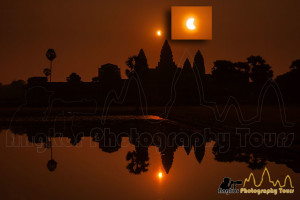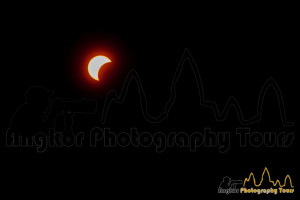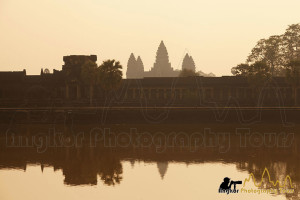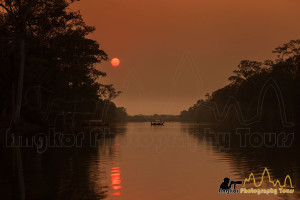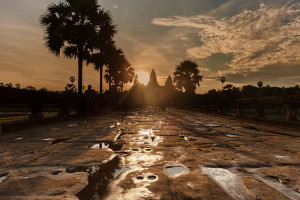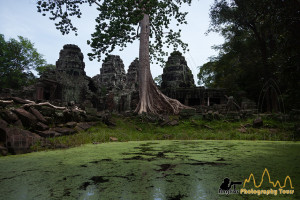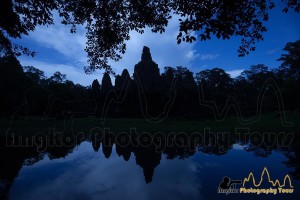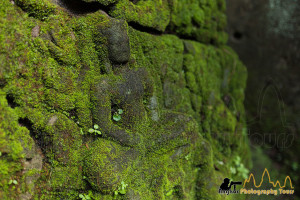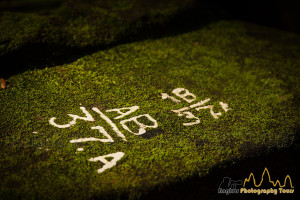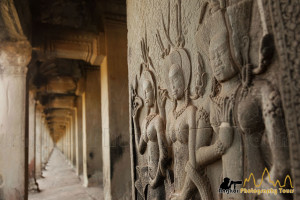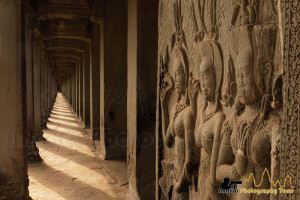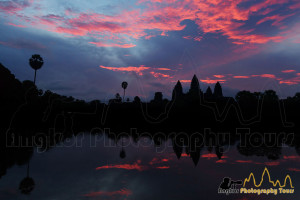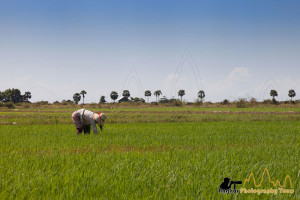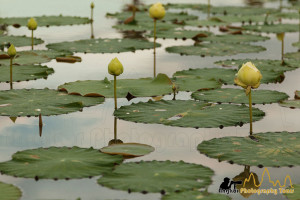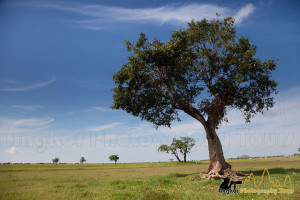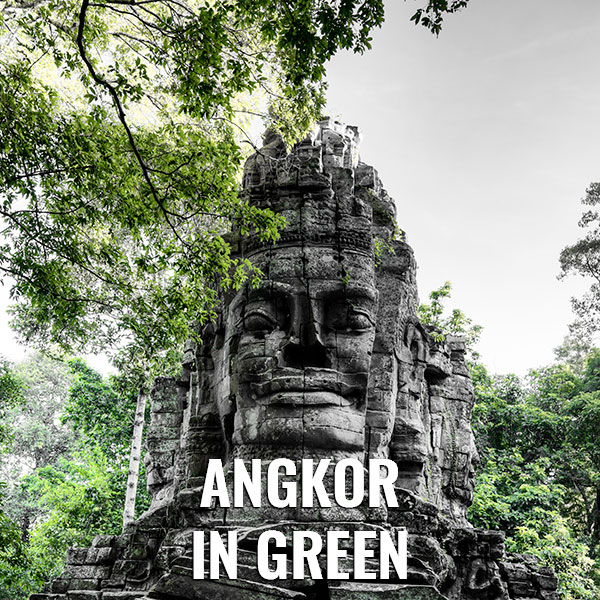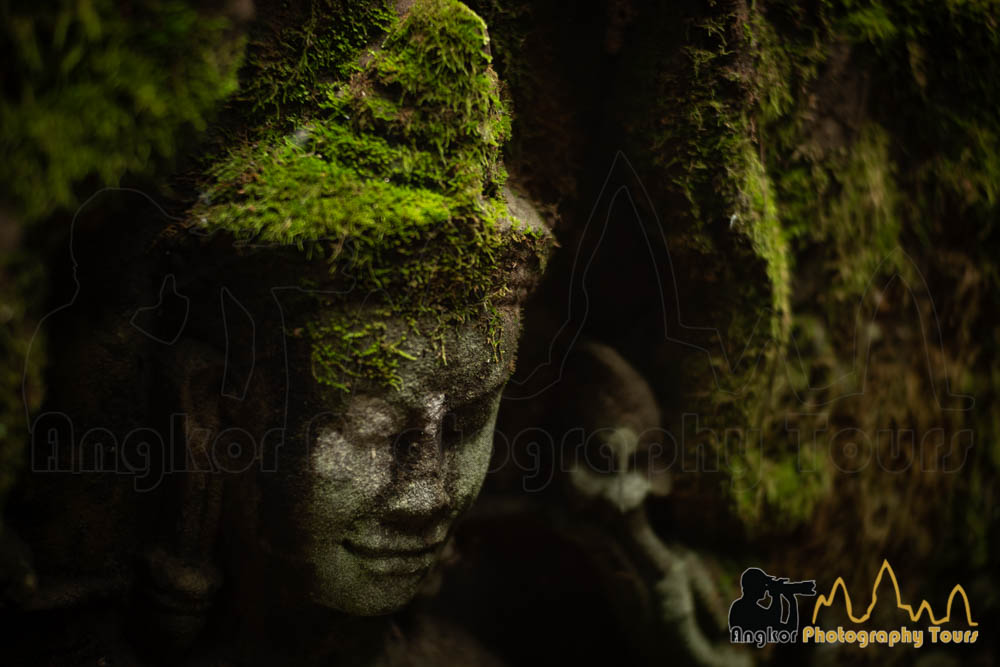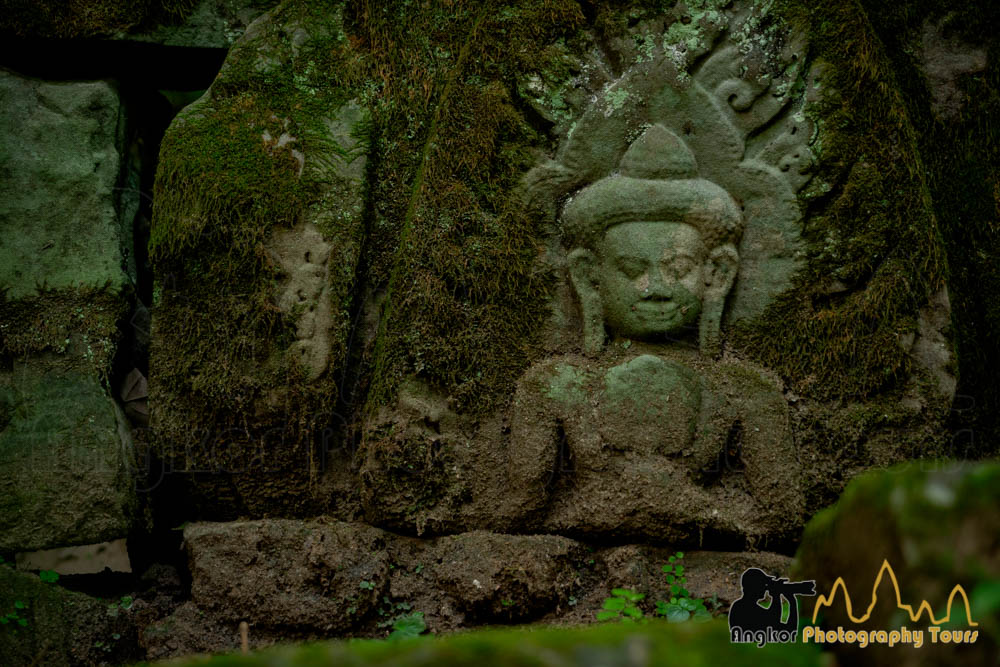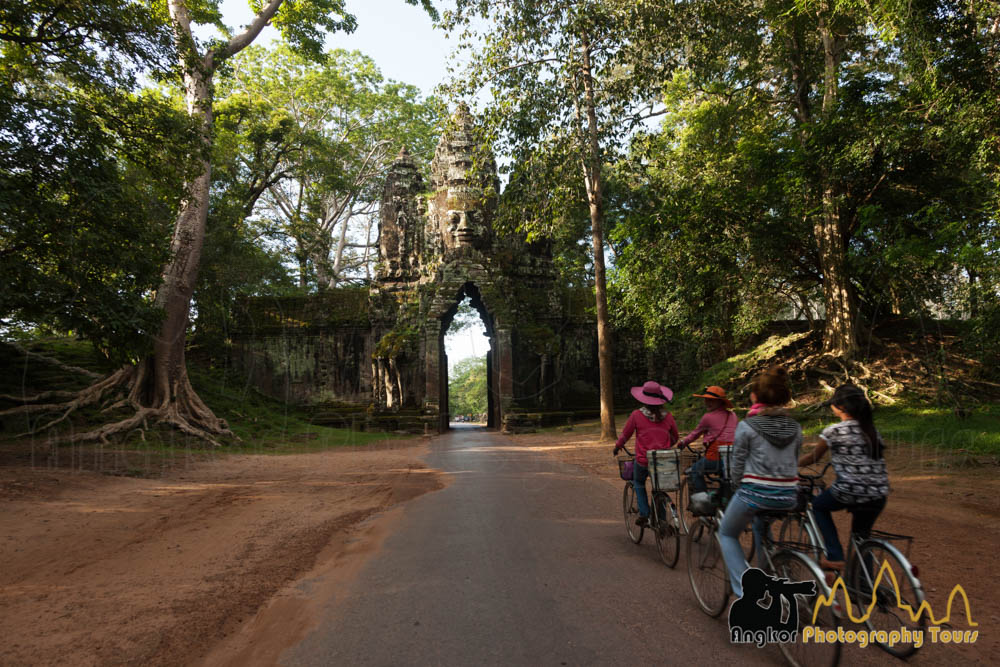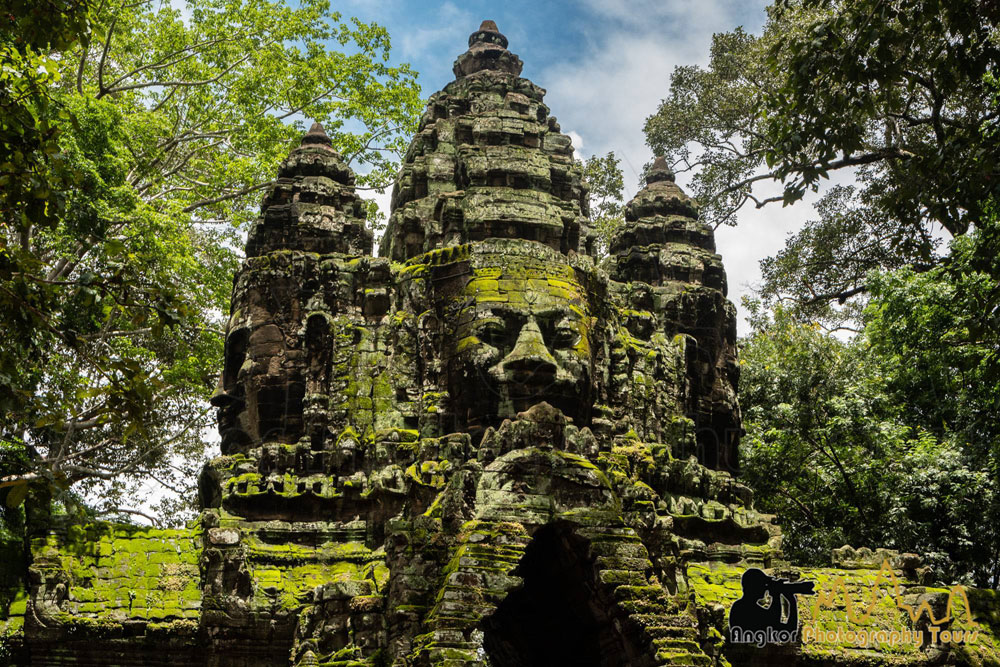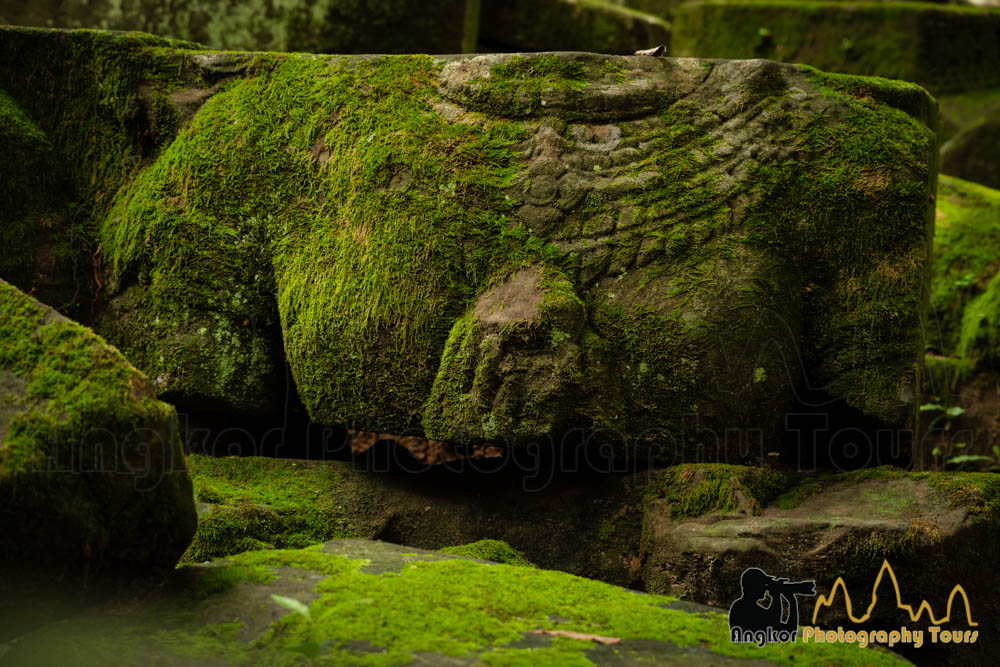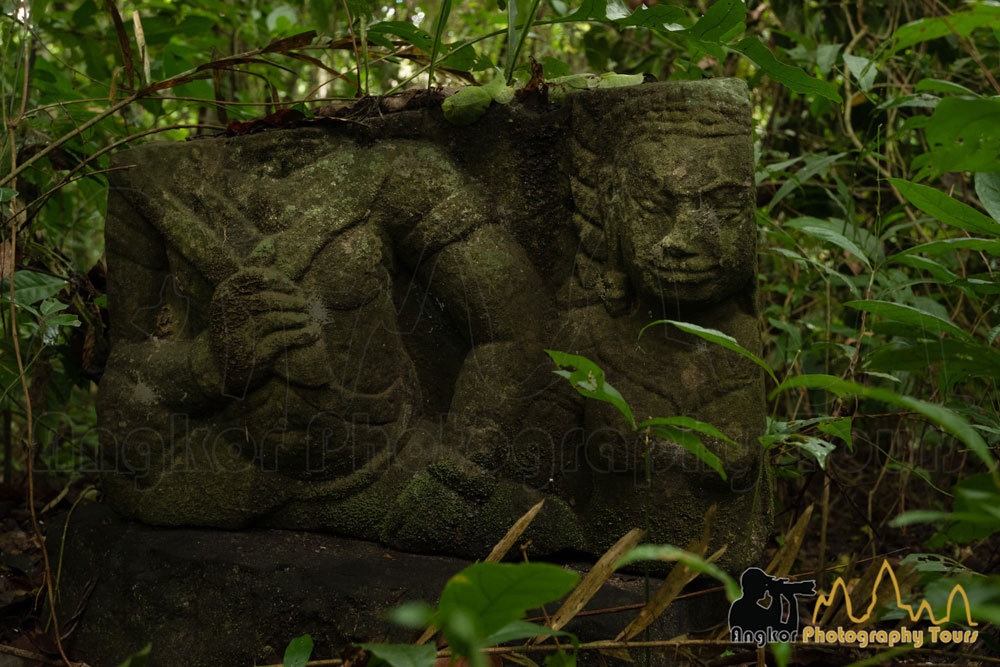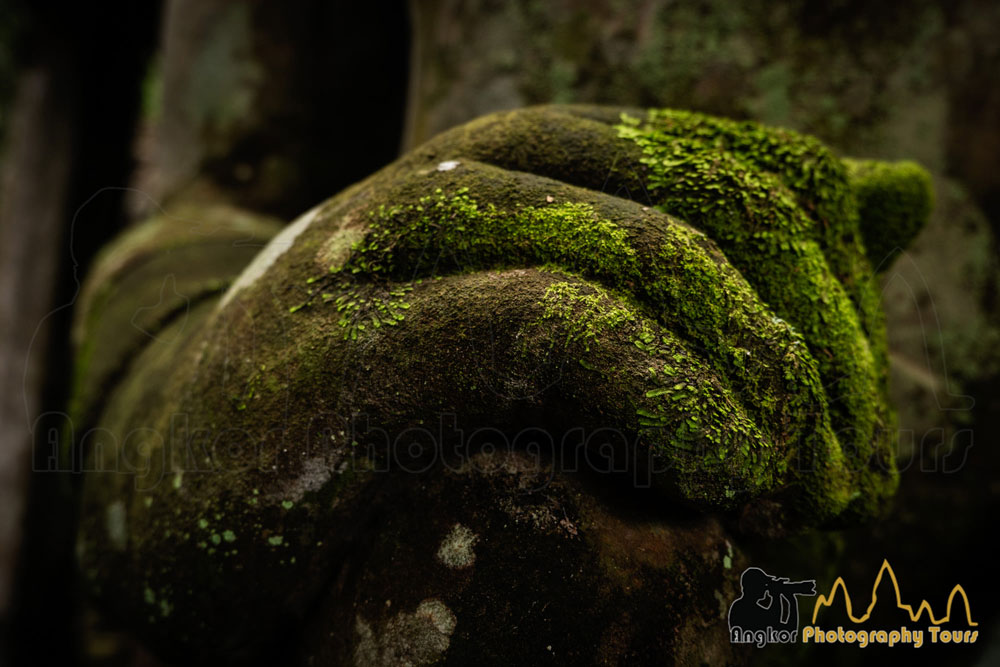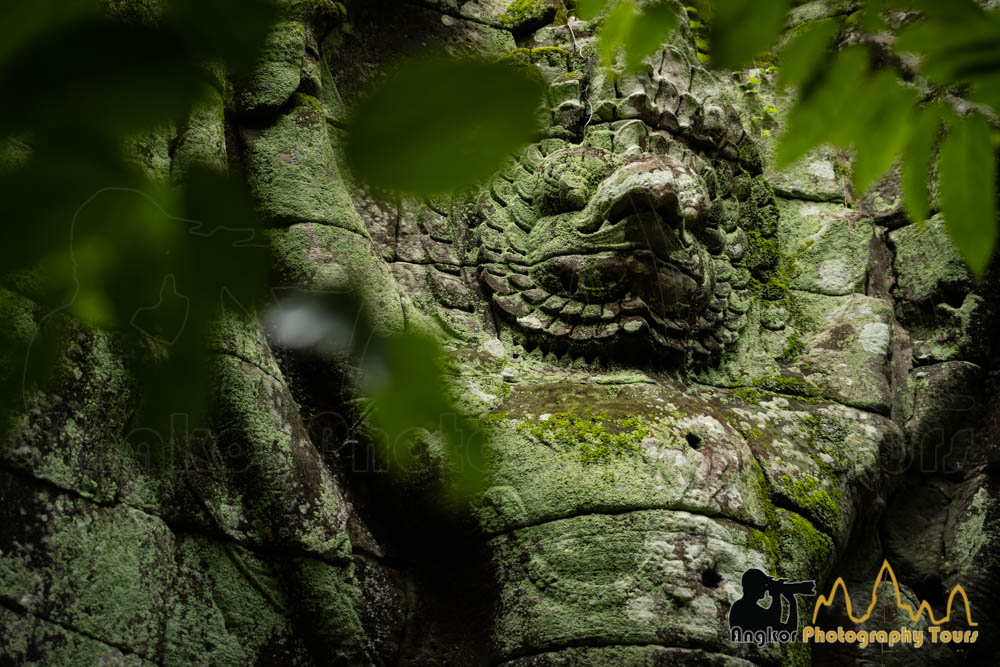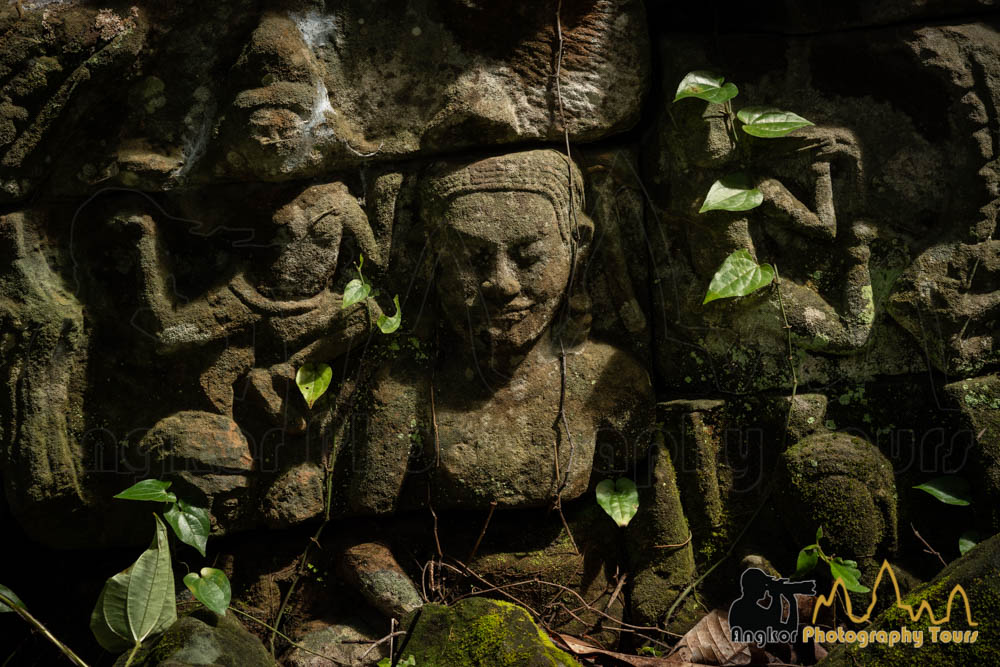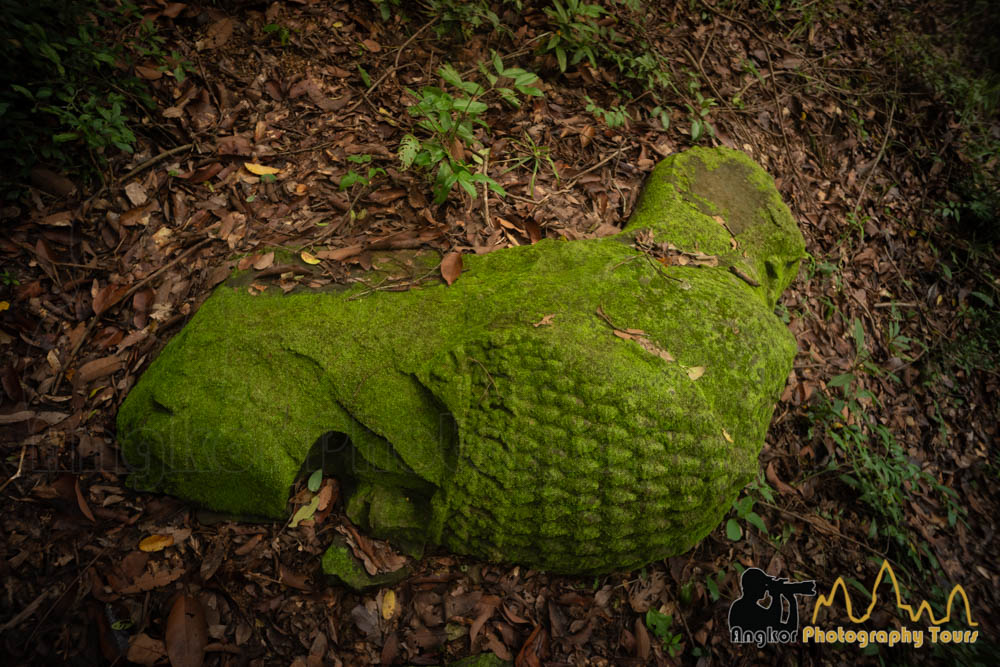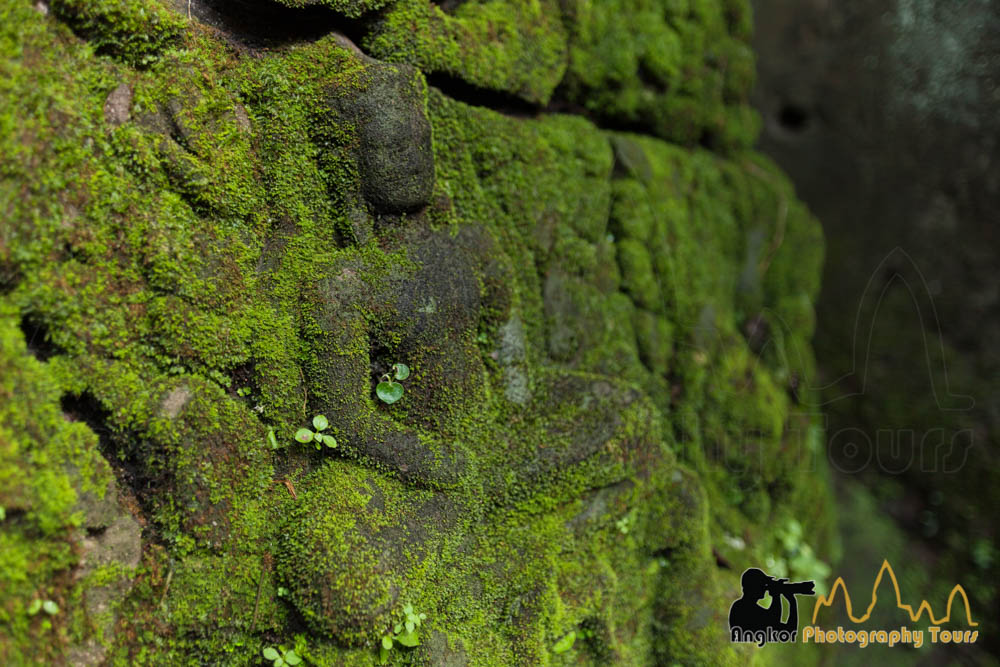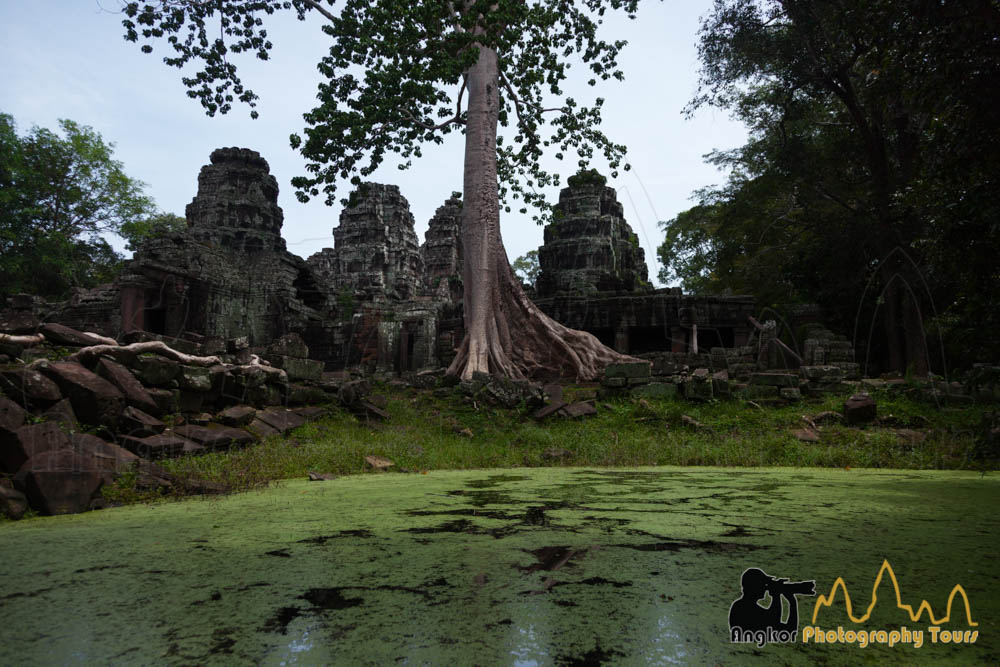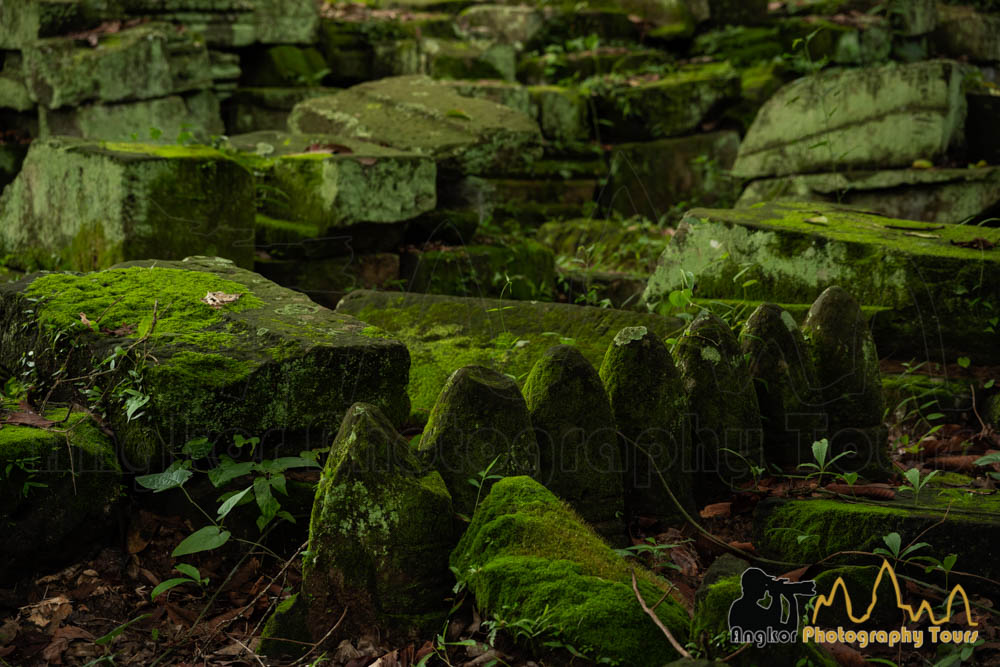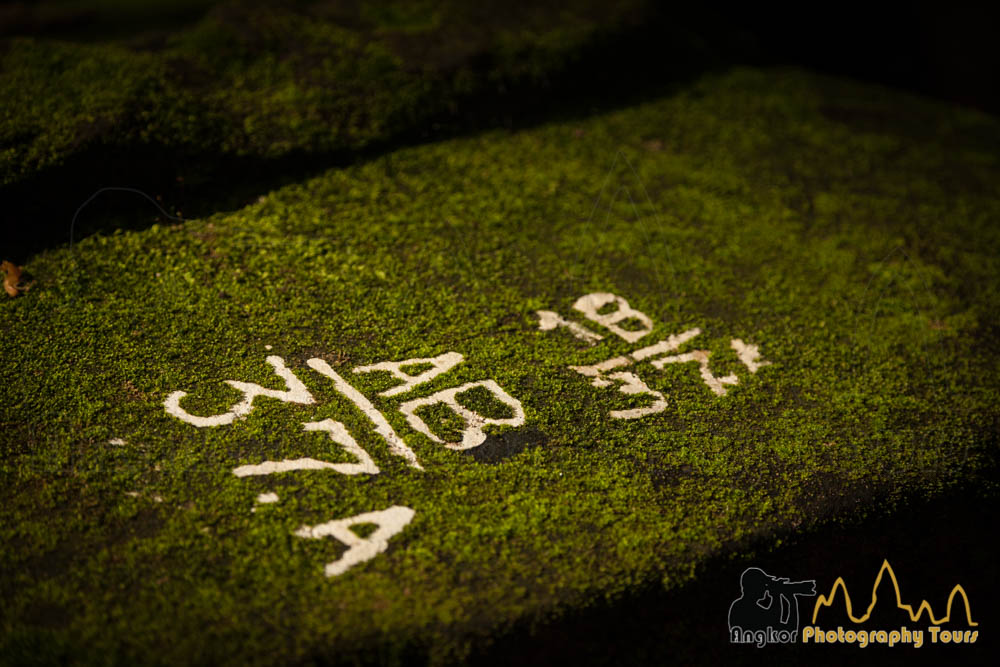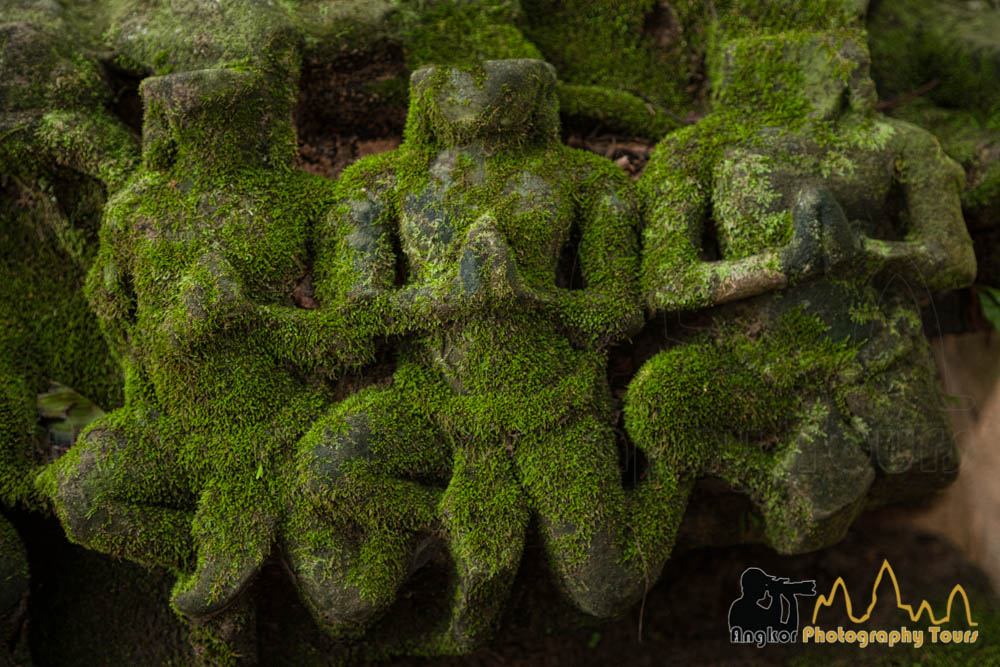PHOTOGRAPHY TIPS ANGKOR WAT
Running photography tours in the temples of Angkor for the last 5 years, I am particularly acquainted the Angkor Archaeological Park which stretched over 400 square meters and counts more than 200 temples. I want to share with you some tips that will help you capture better pictures during your stay in Cambodia. From the preparation to the actual day, here are 10 photography tips below on how to get the best out of your day in the temples of Angkor.
If you are looking for photographing away from the crowd and explore hidden temples please checkout our E-Bike Hidden Temples of Angkor photo tour.
1. Take a wide angle lens
A wide angle lens is a must in the temples of Angkor. Unfortunately many people realized too late that their lens is not wide enough ….I would recommend at least a 24 mm (on a full frame) or a 10 mm (on a crop sensor). Many of the temple photography was taken at 17 mm or 20 mm.
If you have a Canon camera, I would suggest the moderately-priced ultra wide zoom lens Canon EF 17-40mm f/4L USM or the more expensive Canon EF 16-35mm f/2.8L USM. In some instances you may want to bring or rent a telephoto lens as it can be useful in some temples like Bayon to isolate the distant faces or capture far details in other temples. If you have a Canon camera, I would suggest the Canon EF 70-200mm f/4L USM or the more expensive version Canon EF 70-200mm f/2.8 L USM.
If you have a Fisheye lens taking the dust in one of your drawers, I strongly suggest to take it to Angkor, it is a fun lens to use in the temples. Pictures below ere taken with the 7artisans fisheye 7.5 mm f:2.8.
Photography tips Angkor Wat: be creative with your fish-eye lens capturing devatas in Angkor Wat temple
Photography tips Angkor Wat: be creative with your fish-eye lens capturing the giants trees of Angkor
2. Pack extra batteries
You will probably take more pictures than usual during your photo tour and test the limit of your camera’s battery life. I noticed that cameras with electronic view finders (Sony Alpha 7r, 7s, Olympus OMD5 or Pen) drain their batteries quite fast so having extra batteries is highly recommended for mirrorless cameras. With Canon and Nikon DLSR’s, you can get away with one battery (if new) if you use from time to time your LCD screen. Be sure to charge fully the battery the night before. If you do not have an extra battery I highly recommend to bring your charger. There will be some charging stations at the restaurants around Angkor so you charge your batteries during your lunch break or coffee break.
3. Bring a monopod instead of a tripod
Many photographers are coming to Angkor with a tripod and end up not using it. It would be difficult to use a tripod at the sunrise in Angkor Wat unless you arrive very early and take a position in front of the crowd. Generally you can get away in taking Angkor Wat sunrise pictures without a tripod by using a large aperture and raising a bit the ISO. Light inside the temples can be quite low even in the afternoon but you can still get pretty decent photos in most cases by raising ISO to 1000. If you want to keep the noise low, one option is to use a monopod so you can use a lower speed. A monopod is also much easier to carry than a tripod.
Some people sometime ask if tripods are allowed in the temples of Angkor. The short answer is yes… However if you look “too professional” someone might ask you if you have a permit for shooting as they might think that you are shooting a commercial work.
4. Arrive early at Angkor Wat sunrise (best spot for sunrise angkor wat)
Tourists lined up in front of the reflecting pond facing Angkor Wat temple
Sunrise at Angkor Wat is a very popular venue all year round and it is best to arrive early to get your spot in front especially if you want to set up a tripod. 5 am is the earliest that you can enter Angkor Wat. The day before your planned tour, you can check sunrise time on Google. Leaving your hotel one hour before sunrise would be ideal. During the months of June, July and August, as sunrise is very early, I suggest that you buy your pass the day before from 5 pm at the new ticket center close to the Angkor Panorama Museum.
5. Buy the right entry pass
If you are planning to stay for several days and explore more temples, the best value for money is the 7-day pass at USD 72 which will allow you entry to the park 7 times for a period of 30 days. The worst deal is the one-day pass at USD37 , especially if you plan to visit the temples only half a day. To know more about the Angkor tickets please read our blog post.
6. Compose with shadows and highlights
Light in the temples of Angkor can be quite difficult to master especially at midday so it is best to shoot before 10 am and after 4pm. It does not mean of course that you cannot take good shots in between you just have to look for light and shadows.
Devata in Ta Prohm temple emerging from the shadow
Head of a Devata in the morning light at Angkor Wat temple
7. Do look up for details
Angkor Wat is such a massive temple that it is easy to miss many interesting details. Just look closely at the carvings and writings carved into the sandstone they can are often beautiful to capture. Do not forget also to look up the ceiling in the hall of 1000 Buddhas. If you want to see more close up pictures of Angkor please have a look at our previous blog entries here and here.
Bas relief detail in Bayon temple
Photography tips Angkor Wat: do not forget to look up in Angkor Wat temple to see these motifs with preserved red pigments
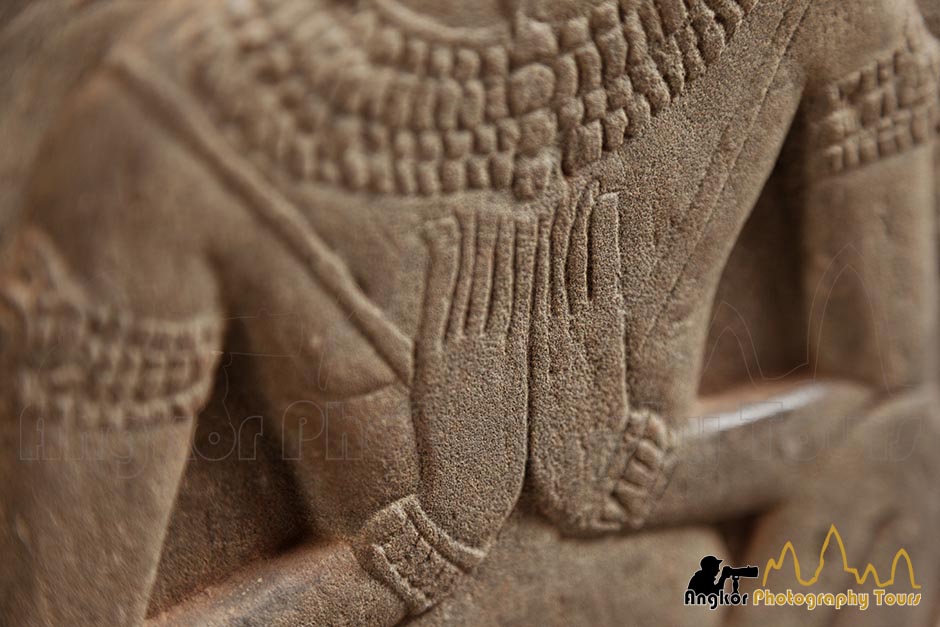
Hindu priest carving details in Angkor Wat temple
8. Get the right exposure
Getting the right exposure for your pictures in Angkor can be tricky as light changes drastically between outside and in the temple and change as well quite quickly outside. Unless you are shooting on auto ISO you will have to always pay attention to your ISO settings first before clicking your camera. Whether you are shooting manual or priority aperture, the metering system of your camera will be often challenged so you would to change quite often your camera settings. It is often said that shooting against the sun is a not a good idea but by choosing the right settings in your camera it can give fantastic results as you can see on the picture below.
Beautiful Apsara carvings at sunrise
9. Get out off the beaten path.
Even in the busiest temples of Angkor Wat, Ta Prohm and Bayon, you can escape the crowd by sauntering thru smaller corridors where you will often find hidden treasures that most tourist wouldn’t find.
Photography tips Angkor Wat: get out of the beaten path
10. Avoid Phnom Bakheng at sunset!
When in Siem Reap, many travel agents or independent drivers will recommend Phnom Bakheng as the best sunset viewpoint. It is actually the worst ! You would have to go there quite early as the numbers of people allowed on top of the temple is now limited to 300. The sunset view is not that impressive. You can see Angkor Wat from there but will need a least a 300 mm lens to take a decent shot. This useful website can help you find out other sunset spots in Angkor. Bear in mind that most of the temples are open only between 7.30 am to 5.30 pm which will make sunset pictures impossible. Beside Phnom Bakheng the only places which are opened until 7.00 pm are Pre Rup temple and Srah Srang.
Sunset at Angkor Thom
